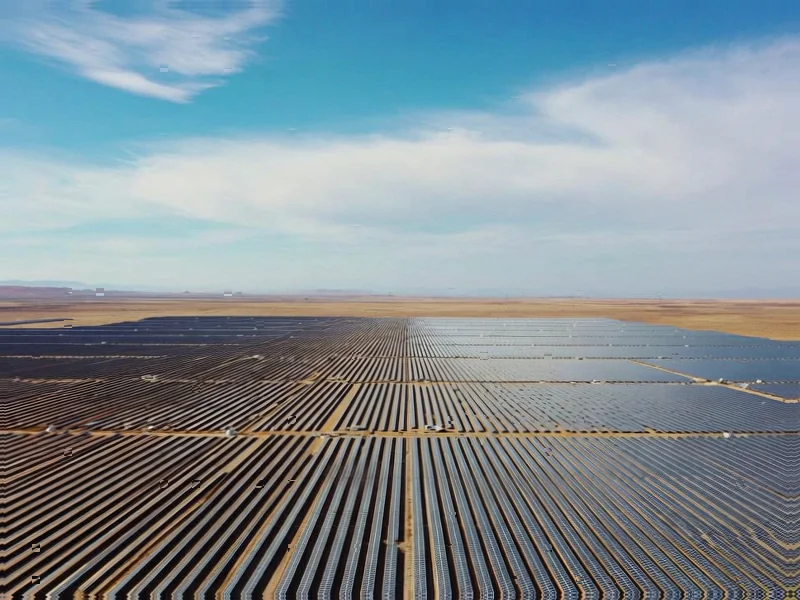According to POWER Magazine, ENGIE North America has signed additional power purchase agreements with Meta that expand their renewable energy partnership to over 1.3 GW across four Texas projects. The centerpiece is a new 600-MW Swenson Ranch Solar project in Stonewall County, which will become ENGIE’s largest North American asset when operational in 2027. Meta will purchase 100% of the project’s output to support its data center operations, representing a significant escalation in the tech giant’s renewable energy procurement strategy.
Table of Contents
Understanding the Energy Scale
To appreciate what 1.3 gigawatts represents, consider that a typical nuclear reactor generates about 1 GW, enough to power approximately 750,000 homes. Meta’s energy appetite now requires the equivalent of more than a nuclear plant’s output just for its Texas operations. This massive scaling reflects the exponential growth in computational demands from artificial intelligence, cloud services, and the metaverse ambitions that Meta Platforms continues to pursue. The power purchase agreement model has become essential for tech companies seeking predictable energy costs while meeting sustainability targets, but the sheer volume of these deals is reshaping energy markets.
Critical Infrastructure Challenges
While the announcement highlights progress, several unmentioned challenges loom large. The Texas grid, operated by ERCOT, has faced reliability issues during extreme weather events, raising questions about how intermittent solar power will integrate with Meta’s 24/7 data center operations. The 2027 operational timeline also assumes smooth regulatory approval and construction progress in Stonewall County, Texas, where local infrastructure may strain under the demands of a $900 million project. Furthermore, ENGIE faces execution risk in deploying what will be their largest North American asset while managing supply chain constraints and potential tariff impacts on solar components.
Transforming Energy Procurement
This deal represents a fundamental shift in how large energy consumers approach procurement. Rather than simply buying electricity from utilities, tech companies are now becoming de facto energy developers through corporate PPAs. The scale of Meta’s commitment—effectively creating dedicated power plants for its operations—sets a precedent that other data-heavy companies like Google, Amazon, and Microsoft will likely follow. This trend is creating a two-tier energy market where tech giants can secure favorable long-term pricing while smaller businesses face volatile spot markets. The concentration of renewable energy assets serving specific corporate customers could also impact grid stability and community access to clean power.
The Renewable Arms Race
Looking ahead, we can expect this renewable energy arms race to intensify as AI computational demands continue doubling annually. The 600-MW Swenson project, while massive by current standards, may soon be dwarfed by even larger dedicated renewable facilities. The partnership between ENGIE North America and Meta demonstrates how energy developers and tech companies are forming strategic alliances that could eventually bypass traditional utility models entirely. However, this concentration of energy resources raises important questions about equitable access and grid management that regulators will need to address as corporate energy procurement reshapes the entire power sector.



